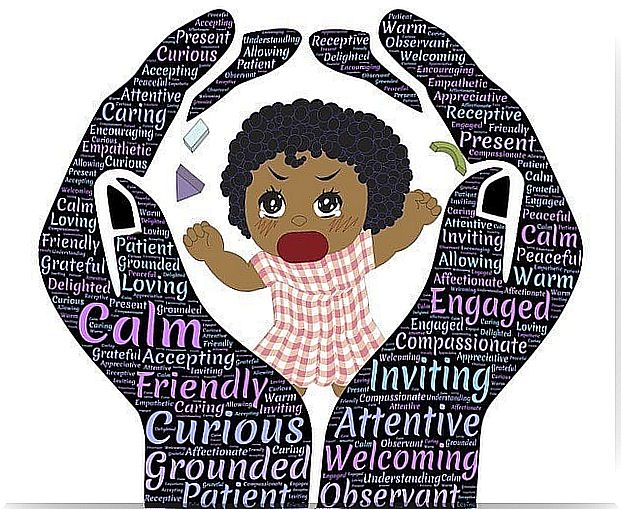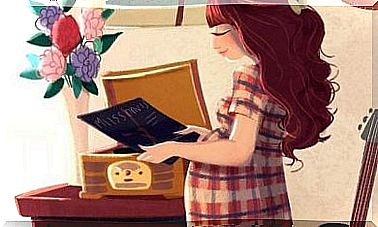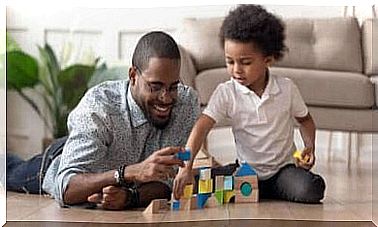Aggression Management With Play

Just like an adult, a child’s emotions can fling like a roller coaster. Sometimes aggression, anger, and frustration flow, and in these moments, parents need to help the child control their emotions. Today, we’ll give you tips on how to make aggression management easier with play.
Why is aggression management so difficult?
Today, the display of both positive and negative emotions – such as frustration – is better tolerated in Western culture. As much positive as it is here, some say this is also reflected in reduced self-discipline and self-control.
The child learns by observing the behavior of the people around him, and especially his parents. This is why it is paramount for adults to control their own aggressive behavior and set a good example for the child.

Experts believe that if such work is not done with children, parents will not only be embarrassed when the child experiences outbursts of anger and rage in public places, but the consequences can be much more serious. At worst, parents, by their own behavior, slow down the changes in a child’s nerve cells that contribute to the development of a stable and mature character.
Aggression management through play
The game goes beyond what many imagine. Games and games can be a good and fun way to shape a child’s emotions and personality in the desired direction.
In order to teach the child, the parents can demonstrate situations that mimic, for example, the moment when a classmate is annoyed at school or things are not going the way the child wants. This is a good way to find out how a child reacts and whether he or she is able to control his or her rage. By asking the child to describe how he or she would react in a particular situation, parents get an idea of how the child is developing and progressing.
10 ways to help your child improve self-control

- The first and most important tool you can give your child is the example of a parent we have already mentioned. The human brain is suspected of having mirror cells that are
- Create your own anti-stress toy for your child. A child can create one themselves to better control their rage, and it’s like an anti-stress ball. Putting one ball inside another and filling them with rice works well, and the ball can be customized by typing the child’s name on it.
- You can create a circle of possibilities with your child that makes it easier to control your rage. For example, a board that works well with a number of different options that are possible when he is able to control his emotions.
- Studies show that touching water or sand can be relaxing when a child is angry. Therefore, it is a good idea to prepare a container of water so that the child can put their hands in it and make circles or other such patterns that will help them relax.
- Create a picture with keywords and display it in the child’s room. For example, you can make traffic lights that describe emotions using each different color: red (stop and think before you act); yellow – (be careful and think about the consequences of your actions); green – (move forward and behave well).
- Put a space in your home where your child can spend a few minutes to calm down. This space can be a bedroom or some other such place specifically designed for his relaxation.
- Blow bubbles into the air. The purpose of this method, or play, is to help the child control their breathing and thus also control their rage better.
- Listen to relaxing music. This can help get your child in a good mood.
- Breath control. By filling and emptying your stomach, your child can better control their breathing, which then helps them relax.
- Read stories and children’s books whose protagonists the child can identify with. This allows him to better identify it when his behavior has been good or bad.









